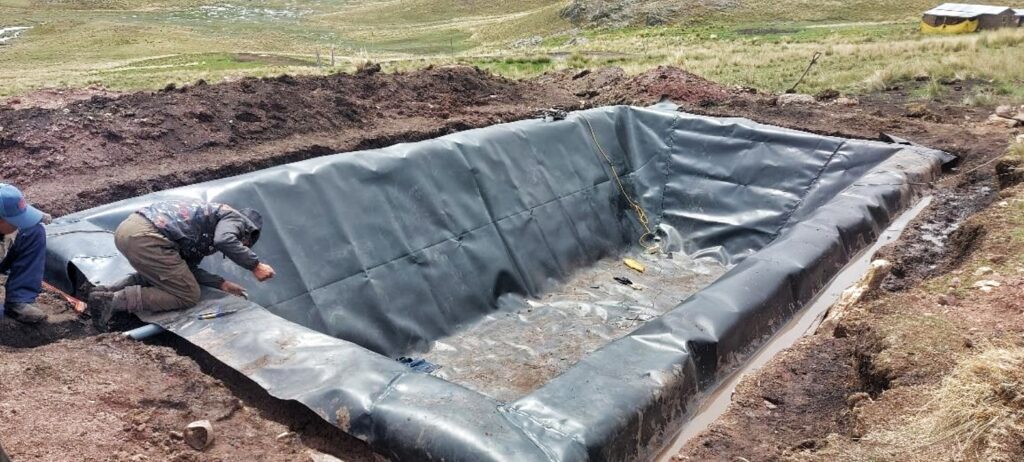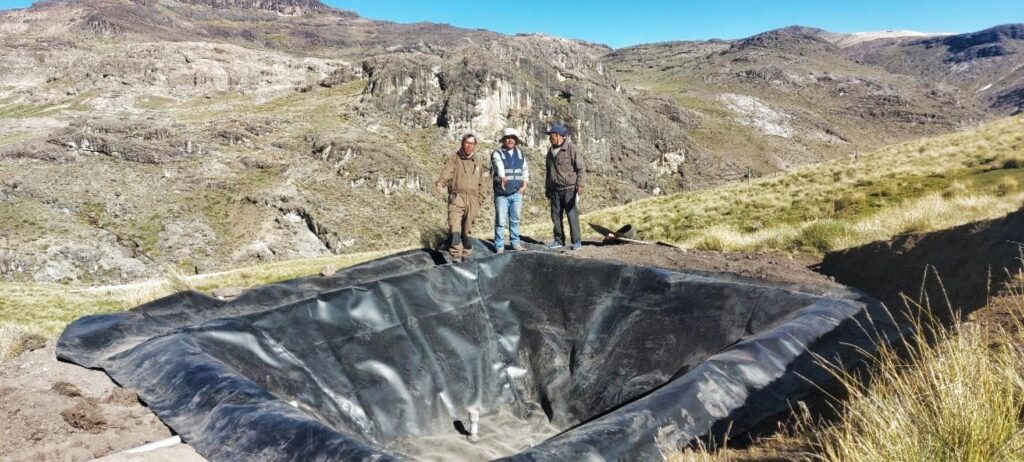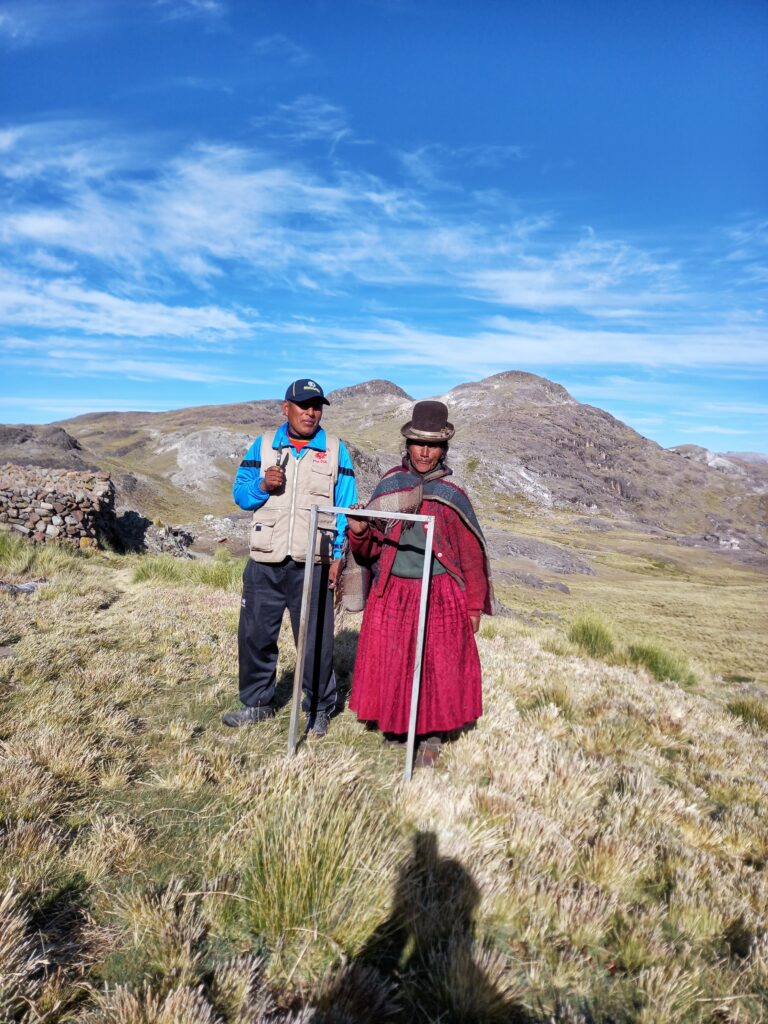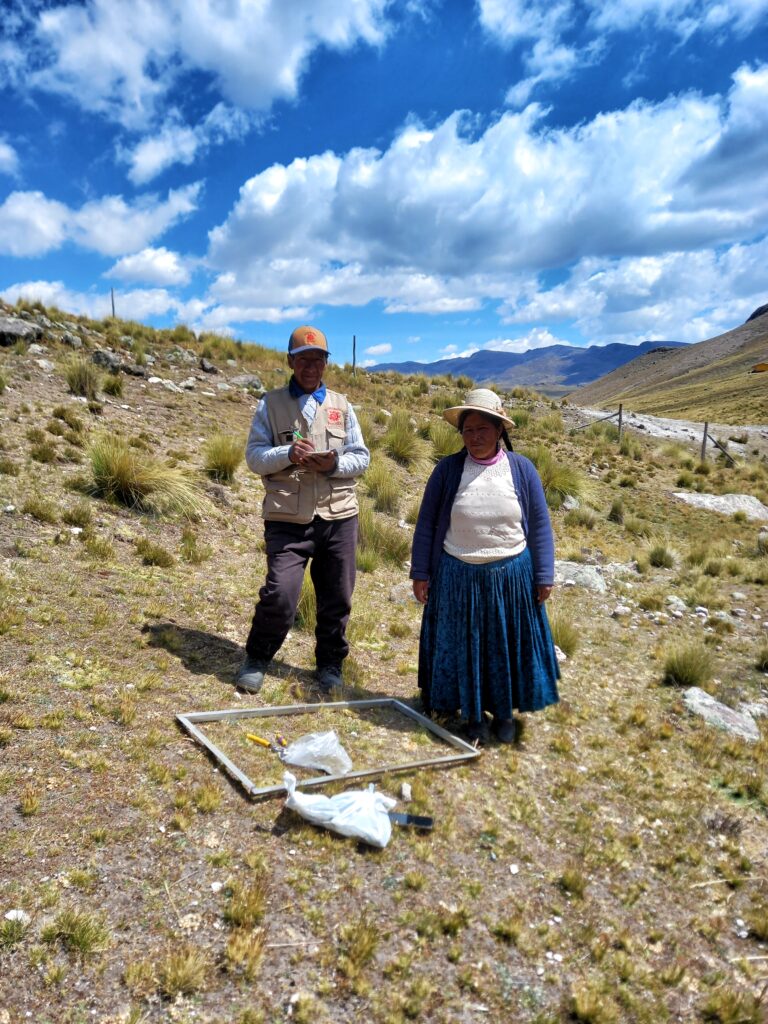Water Charity is pleased to announce the release of the final report for our project called “The Restoration and Protection of Bofedales in Alpaca Communities”. Our team’s unwavering dedication and hard work have led to great success, enabling us to make a significant difference in the lives of the people living in these communities. Moreover, the project has helped to preserve the natural beauty of the area. We are proud to share this accomplishment with you.
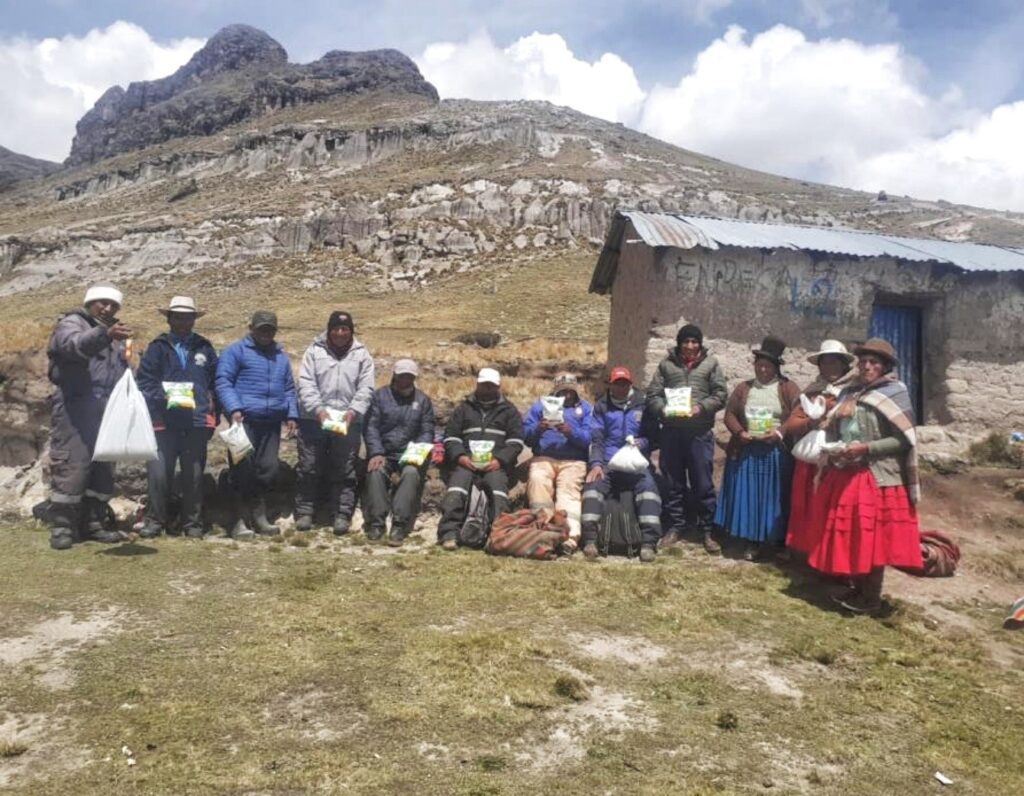
Project Outcomes & Impact
The project undertaken by Water Charity not only aligns with the organization’s institutional mission but also contributes to several Sustainable Development Goals, including 1 – No Poverty, 8 – Decent Work and Economic Growth, 12 – Responsible Production and Consumption, 13 – Climate Action, and 15 – Life on Land. The grasslands and wetlands of beneficiary alpaca communities such as Coarita, La Unión, Pucarayllu, Alto Pucarayllu, and Sapanccota have suffered from the impacts of climate change and human activity, resulting in reduced area and degradation over time. However, through the project’s implementation, these areas are undergoing restoration, ensuring the availability of food for alpacas and bringing about economic improvement for beneficiary families, thereby enhancing their quality of life. The project integrates ancestral practices and techniques, including pasture fertilization, rotational grazing, and pasture closure, reflected in the development of individual intervention plans for each beneficiary. Additionally, the project facilitated partnerships with institutions such as the Chijnaya Foundation, Wichay Association, and Pro-DIA Association, highlighting the importance of collaboration in achieving a coordinated and successful work plan. Furthermore, the project has fostered trust between Water Charity and partner communities, encouraging sustainable long-term commitment to development projects and serving as a model for neighboring communities to pursue their own development initiatives.
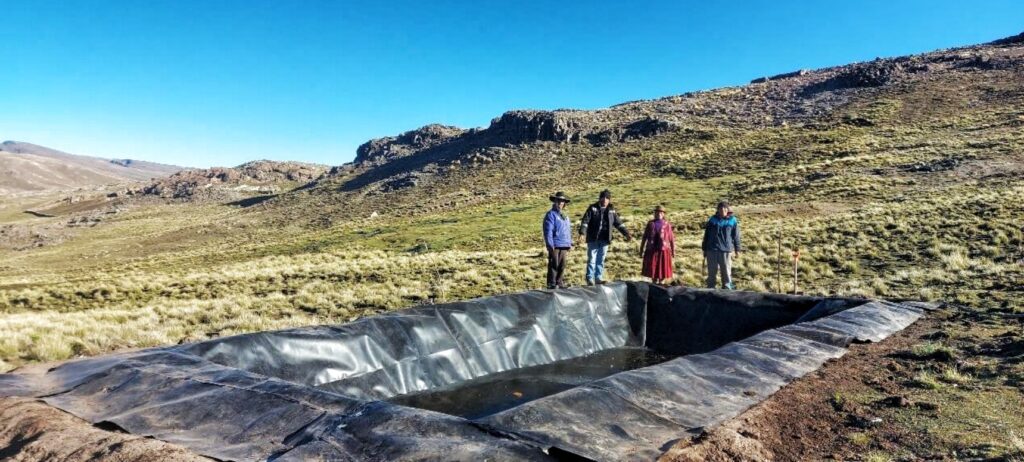
During the monitoring and evaluation period, we discovered specific tangible indicators that confirm the success of our project.
- 13 micro reservoirs, each equipped with geomembranes, have been installed in the communities of La Union, Pucarayllu, and Coarita. The primary purpose of these reservoirs is to capture and divert water from nearby springs. This helps to preserve the water recharge area and enables water harvesting for distribution to the beneficiaries’ properties.
- An improvement in pastures has been observed in the properties of Pucarayllu and Sapanccota beneficiaries. This improvement is evidenced by a significant increase in biomass yield comprising of different native species. Factors contributing to this improvement include late onset of rainfall, implementation of fertilization practices, location in the headwaters of the watershed, and increased vegetation cover aiding in soil moisture retention.
- However, yields in other beneficiary communities such as La Union, Alto Pucarayllu, and Coarita have been lower. This is primarily due to low rainfall and soil quality issues. To encourage conservation and recovery of pastures, distribution of seeds for cultivated pastures and materials for pasture enclosure has been done. Personalized “Individual Intervention Plans” have been developed for each beneficiary.
- The intervention area has been expanded from 40 to 70.10 hectares, reflecting community response to project success. Additionally, a Communal Tool Bank has been established to provide necessary tools collectively. An individual loan system has been implemented for user convenience and accountability.
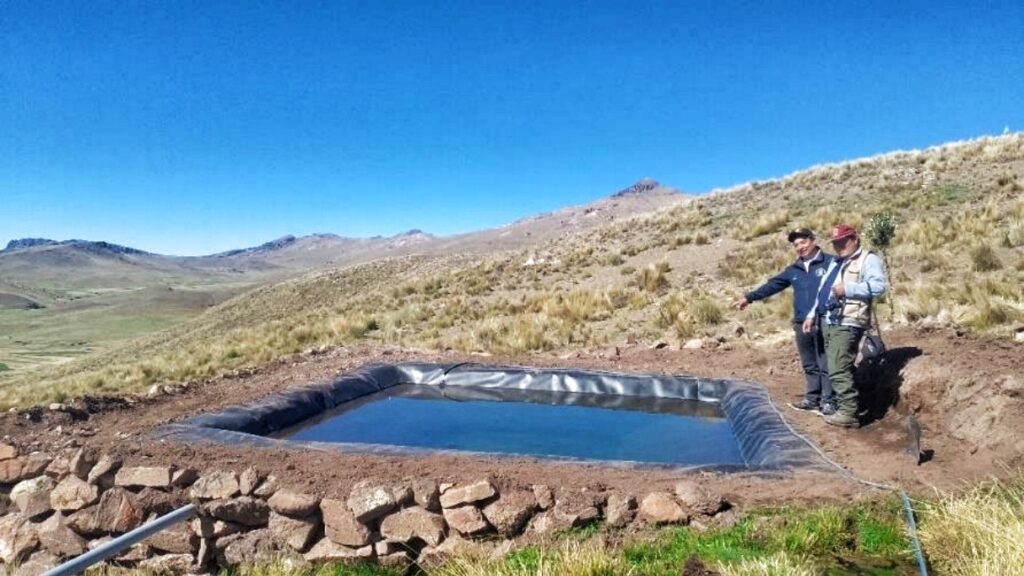
Challenges Encountered
During the project, we encountered some challenges that were related to both climate and social factors. Specifically, there was a drought that led to water scarcity and protests occurred in the intervention area. However, we were able to adopt strategies that helped to mitigate the effects of these challenges. As a result, we had to limit the objectives that we initially set, but we were able to learn some valuable lessons from the experience.
Climate factors
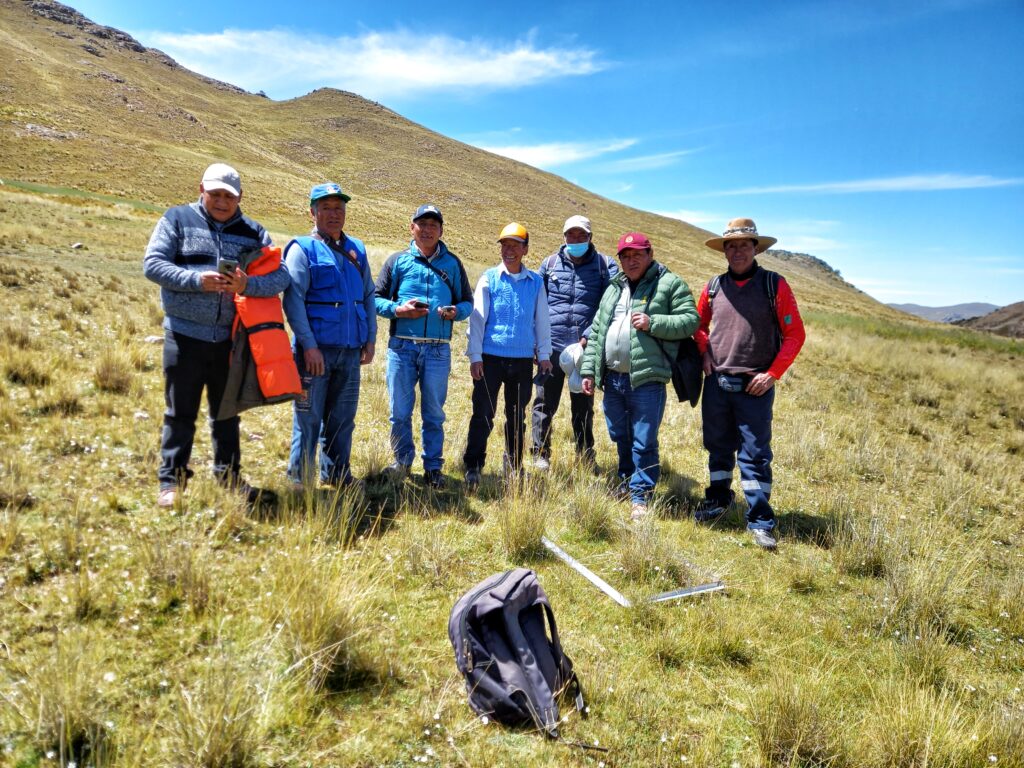
The department of Puno has been experiencing a severe drought since the end of 2022, and the situation persists to this day. The drought has significantly impacted livestock and agricultural activities in the area. The authorities have responded by issuing several legal norms, with the most recent being the “Declaration of Emergency due to the Imminent Danger of Water Deficit,” which includes Puno, among other departments in Peru. This declaration enables Regional and Local Governments to implement disaster management actions within their jurisdiction to mitigate the effects of the drought and cope with the shortage of rainfall.
The authorities have implemented a measure to construct wells, but unfortunately, this measure does not apply to the alpaca region. As a result, the communities affected by this project were not considered to receive this support. Although we have successfully carried out the activities proposed in the “Individual Intervention Plans” for both water and pasture components, we have not been able to achieve our expected results due to the lack of rainfall necessary for their implementation.
Social factors
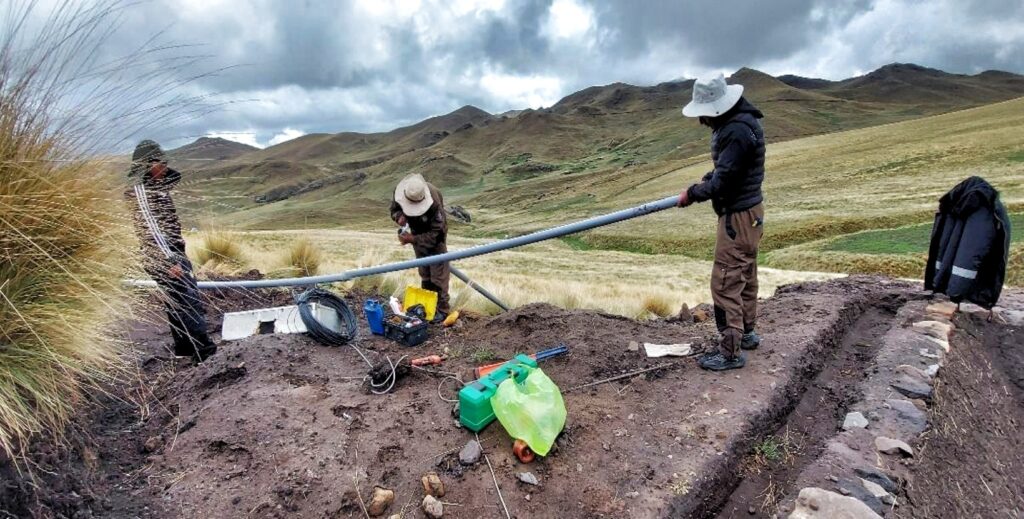
Between December 2022 and March 2023, the department of Puno in Peru experienced an “indefinite strike” that led to the closure of public and private institutions, including schools and businesses. The strike also resulted in a lockout of the entire population, as highways were blocked, making it impossible for people and vehicles to move around.
As our counterpart organization, Asociación Pro-DIA, is located in the district of Pucara, our work team had to suspend its face-to-face activities. We were forced to rely on virtual communication, which had its limitations. Unfortunately, we were unable to travel to the alpaca farming communities to continue with the project’s technical support and planned activities. We had to reschedule our activities to begin in April when the strike was lifted. As a result, the deadline for completing the second stage of the project had to be extended.
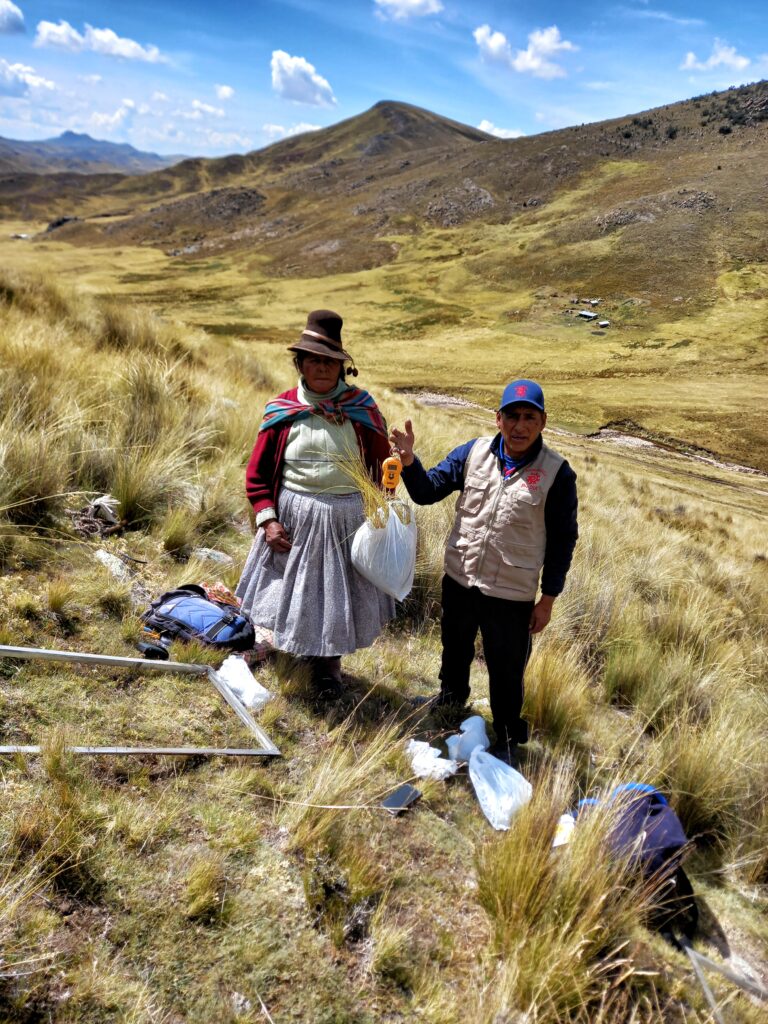
Due to these challenges, the team had to adapt and proposed the following strategies for the project:
- Due to our inability to access the physical office in Pucara, we had to return to the implementation of remote work.
- Effective and fluid communication with our technical team and beneficiaries has been crucial for making shared decisions and adapting to unforeseen situations.
- Flexibility was provided to reschedule activities with beneficiaries and postpone them to a later date when social conditions were optimal.
- Due to social conflict, we had to postpone buying seeds and fencing materials such as netting and sticks as businesses were closed.
On the other hand, we believe that strengthening risk management among all parties involved in the project could have mitigated delays in some activities. An important lesson was learned regarding the need for continuous monitoring of meteorological reports issued by SENAMHI (National Meteorological and Hydrological Service of Peru) in the Puno department. This monitoring helps us predict and manage short and medium-term risks associated with the project.
Successes and Failures
What worked:
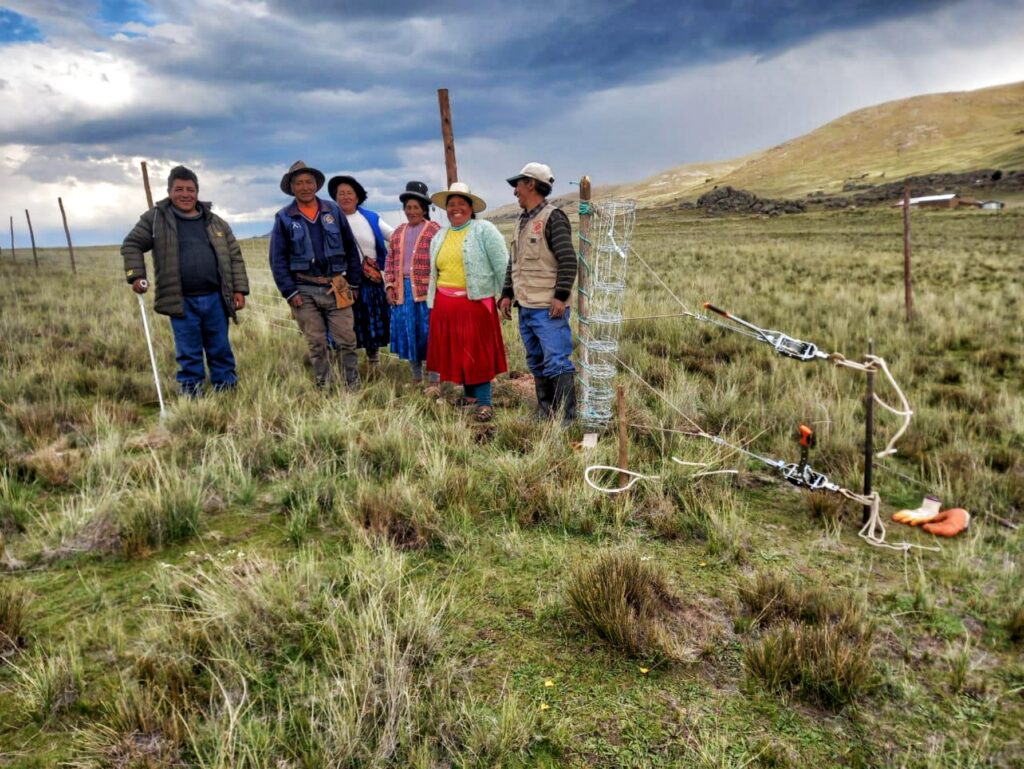
The collaboration between the organizations involved in the project has proven to be highly effective and productive. Each organization has played a crucial role in contributing to the success of the project. For instance, Water Charity has provided financial support, whereas Pro-DIA Association has provided technical assistance and field experience. Additionally, the active participation of alpaca communities during the different stages of the project has been instrumental. It has helped align the activities with their local context and reality, taking into account their ancestral knowledge and traditional practices in pasture and water management. This is reflected in the “Individual Intervention Plans”.
This collaboration between institutions has allowed effective project management, which includes commitment, strategic establishment, and process coordination, leading to the achievement of the intended objectives. We agreed to hold regular meetings and maintain open communication to ensure the successful execution, follow-up, and monitoring of project activities. We also decided to make joint decisions to overcome any challenges that may arise, such as protests and droughts.
Furthermore, we decided to establish a “Community Tool Bank” and install geomembrane wells to conserve the limited water resources and motivate the beneficiaries to participate more actively in the “Individual Intervention Plans” proposed for their properties. This has proven to be a good decision as it ensures the efficient distribution of water.
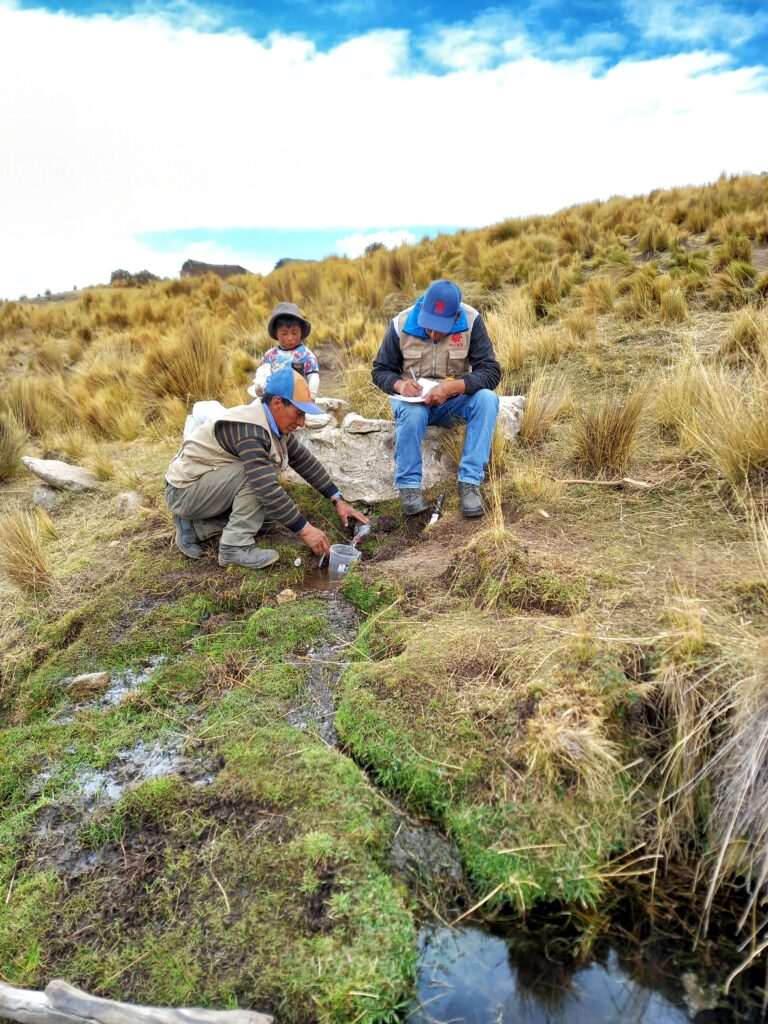
What has not worked:
- We faced delays and were unable to achieve all of our objectives in the project because we didn’t have a contingency plan in place. The prolonged dry spell and social protests in the area made it difficult for us to travel to the alpaca communities and provide technical advice, as well as monitor and evaluate the progress.
- As a result, the distribution of seeds for the installation of cultivated pastures was delayed due to the protests and road blockades, which also postponed planting.
- To prevent the suspension of programmed activities in the event of social upheaval or water shortages, it’s important to plan ahead and have alternative strategies in place that can be implemented under an emergency scenario.
Lessons learned
It is essential to have a contingency plan in place to deal with unexpected situations, such as weather or social issues. This plan should include strategies to address different scenarios and minimize any potential impact on the project’s implementation. By having a contingency plan, the proposed objectives can still be achieved despite any unforeseen circumstances that may arise.
Future plans
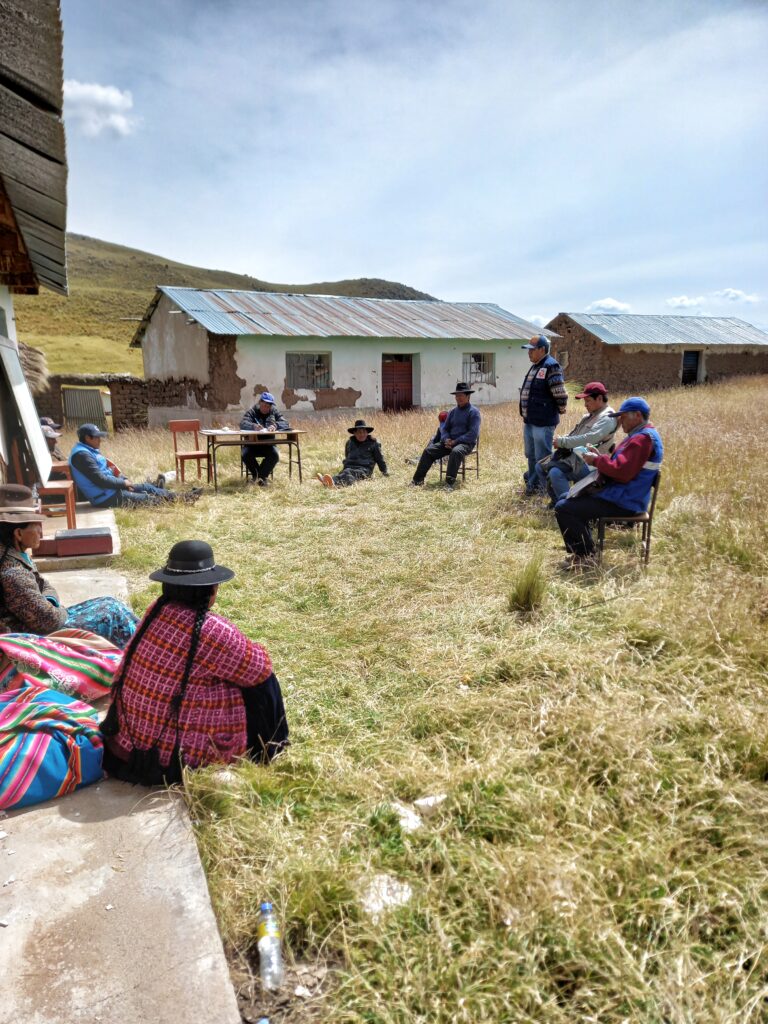
Restoring wetlands and native pastures is a gradual process that can take several years. The results of the restoration can be observed in the short, medium, and long term, depending on various factors such as the extent of soil erosion and pasture degradation. It is crucial to continue with the identified activities and plans to ensure the project’s sustainability and achieve the desired results. Therefore, our efforts on this goal will focus on:
- Train beneficiary communities to focus on climate resilience in the face of climate change, while respecting their ancestral knowledge and traditional practices.
- Look for funding and collaboration opportunities with other private entities focused on sustainable development and biodiversity conservation, to continue with the planned activities within the project.
- Build alliances with government entities focused on tree planting, planting and water harvesting in the high Andean zones, and protection of Andean ecosystems.
- Undertake periodic monitoring visits to the beneficiaries’ farms to follow up on the status of the pastures.
- Conduct workshops with beneficiary communities to modify the initially proposed individual plans, considering the water deficit conditions that the Peruvian altiplano has been facing. Request other emergency measures and additional activities that allow us to adjust the intervention strategies.
- Expand the installation of geomembrane wells and mesh to more beneficiaries.
- Develop a “Contingency Plan” that includes monitoring meteorological reports issued by SENAMHI and strategies to respond to any social contingencies that may arise in the future. Continue documenting the experiences and lessons learned within the project.

This project has been completed. To read about the beginning of the project, CLICK HERE. To read the progress report on this project, CLICK HERE. To read details about the First conclusion report, CLICK HERE.
